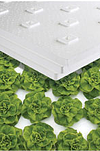Question: Please explain organic certification.
Answer: The following section would be a good read for you. It was taken from National List:Below I have highlighted the areas of the National List of allowed synthetic substances that pertain to pond liner and other plastics. We are kind of in uncharted territory with Aquaponics so just because it is not listed doesn't mean it's not allowed. As long as any synthetic substance meets the guidelines highlighted below than we do not expect to have any problem with certification. The blue highlight is the criteria that any synthetic product must meet to meet the certification. Highlighted in yellow is where it actually states that plastics are allowed as long as it is not Polyvinyl Chloride. Hope this makes sense.
§ 205.600 Evaluation criteria for allowed and prohibited substances, methods, and ingredients.
The following criteria will be utilized in the evaluation of substances or ingredients for the organic production and handling sections of the National List:
(a) Synthetic and nonsynthetic substances considered for inclusion on or deletion from the National List of allowed and prohibited substances will be evaluated using the criteria specified in the Act (7 U.S.C. 6517 and 6518).
(b) In addition to the criteria set forth in the Act, any synthetic substance used as a processing aid or adjuvant will be evaluated against the following criteria:
(1) The substance cannot be produced from a natural source and there are no organic substitutes;
(2) The substance's manufacture, use, and disposal do not have adverse effects on the environment and are done in a manner compatible with organic handling;
(3) The nutritional quality of the food is maintained when the substance is used, and the substance, itself, or its breakdown products do not have an adverse effect on human health as defined by applicable Federal regulations;
(4) The substance's primary use is not as a preservative or to recreate or improve flavors, colors, textures, or nutritive value lost during processing, except where the replacement of nutrients is required by law;
(5) The substance is listed as generally recognized as safe (GRAS) by Food and Drug Administration (FDA) when used in accordance with FDA's good manufacturing practices (GMP) and contains no residues of heavy metals or other contaminants in excess of tolerances set by FDA; and
(6) The substance is essential for the handling of organically produced agricultural products.
(c) Nonsynthetics used in organic processing will be evaluated using the criteria specified in the Act (7 U.S.C. 6517 and 6518).
§ 205.601 Synthetic substances allowed for use in organic crop production.
In accordance with restrictions specified in this section, the following synthetic substances may be used in organic crop production: Provided, That, use of such substances do not contribute to contamination of crops, soil, or water. Substances allowed by this section, except disinfectants and sanitizers in paragraph (a) and those substances in paragraphs (c), (j), (k), and (l) of this section, may only be used when the provisions set forth in §205.206(a) through (d) prove insufficient to prevent or control the target pest.
(a) As algicide, disinfectants, and sanitizer, including irrigation system cleaning systems.
(1) Alcohols.
(i) Ethanol.
(ii) Isopropanol.
(2) Chlorine materials— Except, That, residual chlorine levels in the water shall not exceed the maximum residual disinfectant limit under the Safe Drinking Water Act.
(i) Calcium hypochlorite.
(ii) Chlorine dioxide.
(iii) Sodium hypochlorite.
(3) Copper sulfate—for use as an algicide in aquatic rice systems, is limited to one application per field during any 24-month period. Application rates are limited to those which do not increase baseline soil test values for copper over a timeframe agreed upon by the producer and accredited certifying agent.
(4) Hydrogen peroxide.
(5) Ozone gas—for use as an irrigation system cleaner only.
(6) Peracetic acid—for use in disinfecting equipment, seed, and asexually propagated planting material.
(7) Soap-based algicide/demossers.
(8) Sodium carbonate peroxyhydrate (CAS #–15630–89–4)—Federal law restricts the use of this substance in food crop production to approved food uses identified on the product label.
(b) As herbicides, weed barriers, as applicable.
(1) Herbicides, soap-based—for use in farmstead maintenance (roadways, ditches, right of ways, building perimeters) and ornamental crops.
(2) Mulches.
(i) Newspaper or other recycled paper, without glossy or colored inks.
(ii) Plastic mulch and covers (petroleum-based other than polyvinyl chloride (PVC)).
(c) As compost feedstocks—Newspapers or other recycled paper, without glossy or colored inks.
(d) As animal repellents—Soaps, ammonium—for use as a large animal repellant only, no contact with soil or edible portion of crop.
(e) As insecticides (including acaricides or mite control).
(1) Ammonium carbonate—for use as bait in insect traps only, no direct contact with crop or soil.
(2) Aqueous potassium silicate (CAS #–1312–76–1)—the silica, used in the manufacture of potassium silicate, must be sourced from naturally occurring sand.
(3) Boric acid—structural pest control, no direct contact with organic food or crops.
(4) Copper sulfate—for use as tadpole shrimp control in aquatic rice production, is limited to one application per field during any 24-month period. Application rates are limited to levels which do not increase baseline soil test values for copper over a timeframe agreed upon by the producer and accredited certifying agent.
(5) Elemental sulfur.
(6) Lime sulfur—including calcium polysulfide.
(7) Oils, horticultural—narrow range oils as dormant, suffocating, and summer oils.
(8) Soaps, insecticidal.
(9) Sticky traps/barriers.
(10) Sucrose octanoate esters (CAS #s—42922–74–7; 58064–47–4)—in accordance with approved labeling.
(f) As insect management. Pheromones.
(g) As rodenticides.
(1) Sulfur dioxide—underground rodent control only (smoke bombs).
(2) Vitamin D3.
(h) As slug or snail bait. Ferric phosphate (CAS # 10045–86–0).
(i) As plant disease control.
(1) Aqueous potassium silicate (CAS #–1312–76–1)—the silica, used in the manufacture of potassium silicate, must be sourced from naturally occurring sand.
(2) Coppers, fixed—copper hydroxide, copper oxide, copper oxychloride, includes products exempted from EPA tolerance, Provided, That, copper-based materials must be used in a manner that minimizes accumulation in the soil and shall not be used as herbicides.
(3) Copper sulfate—Substance must be used in a manner that minimizes accumulation of copper in the soil.
(4) Hydrated lime.
(5) Hydrogen peroxide.
(6) Lime sulfur.
(7) Oils, horticultural, narrow range oils as dormant, suffocating, and summer oils.
(8) Peracetic acid—for use to control fire blight bacteria.
(9) Potassium bicarbonate.
(10) Elemental sulfur.
(11) Streptomycin, for fire blight control in apples and pears only.
(12) Tetracycline, for fire blight control only and for use only until October 21, 2012.
(j) As plant or soil amendments.
(1) Aquatic plant extracts (other than hydrolyzed)—Extraction process is limited to the use of potassium hydroxide or sodium hydroxide; solvent amount used is limited to that amount necessary for extraction.
(2) Elemental sulfur.
(3) Humic acids—naturally occurring deposits, water and alkali extracts only.
(4) Lignin sulfonate—chelating agent, dust suppressant, floatation agent.
(5) Magnesium sulfate—allowed with a documented soil deficiency.
(6) Micronutrients—not to be used as a defoliant, herbicide, or desiccant. Those made from nitrates or chlorides are not allowed. Soil deficiency must be documented by testing.
(i) Soluble boron products.
(ii) Sulfates, carbonates, oxides, or silicates of zinc, copper, iron, manganese, molybdenum, selenium, and cobalt.
(7) Liquid fish products—can be pH adjusted with sulfuric, citric or phosphoric acid. The amount of acid used shall not exceed the minimum needed to lower the pH to 3.5.
(8) Vitamins, B1, C, and E.
(9) Sulfurous acid (CAS # 7782–99–2) for on-farm generation of substance utilizing 99% purity elemental sulfur per paragraph (j)(2) of this section.
(k) As plant growth regulators. Ethylene gas—for regulation of pineapple flowering.
(l) As floating agents in postharvest handling.
(1) Lignin sulfonate.
(2) Sodium silicate—for tree fruit and fiber processing.
(m) As synthetic inert ingredients as classified by the Environmental Protection Agency (EPA), for use with nonsynthetic substances or synthetic substances listed in this section and used as an active pesticide ingredient in accordance with any limitations on the use of such substances.
(1) EPA List 4—Inerts of Minimal Concern.
(2) EPA List 3—Inerts of unknown toxicity—for use only in passive pheromone dispensers.
(n) Seed preparations. Hydrogen chloride (CAS # 7647–01–0)—for delinting cotton seed for planting.
(o) As production aids. Microcrystalline cheesewax (CAS #'s 64742–42–3, 8009–03–08, and 8002–74–2)–for use in log grown mushroom production. Must be made without either ethylene-propylene co-polymer or synthetic colors.




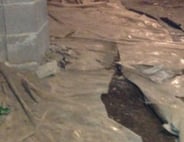


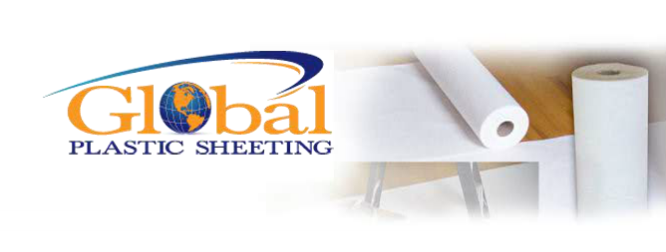





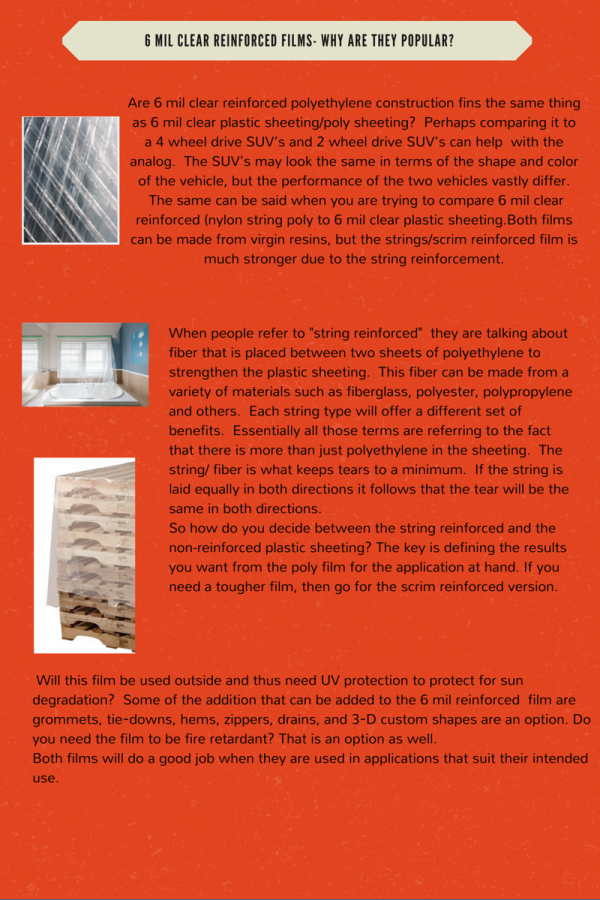


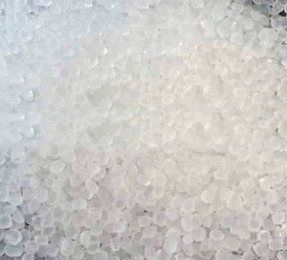


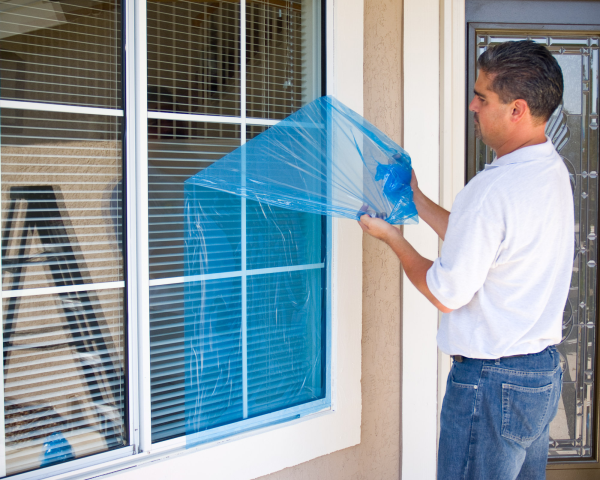
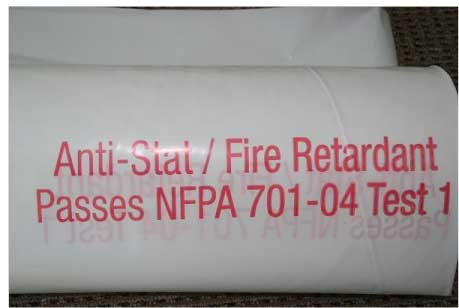
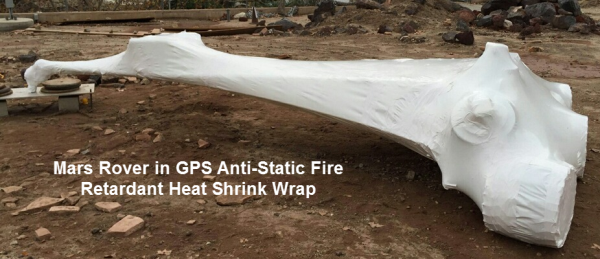
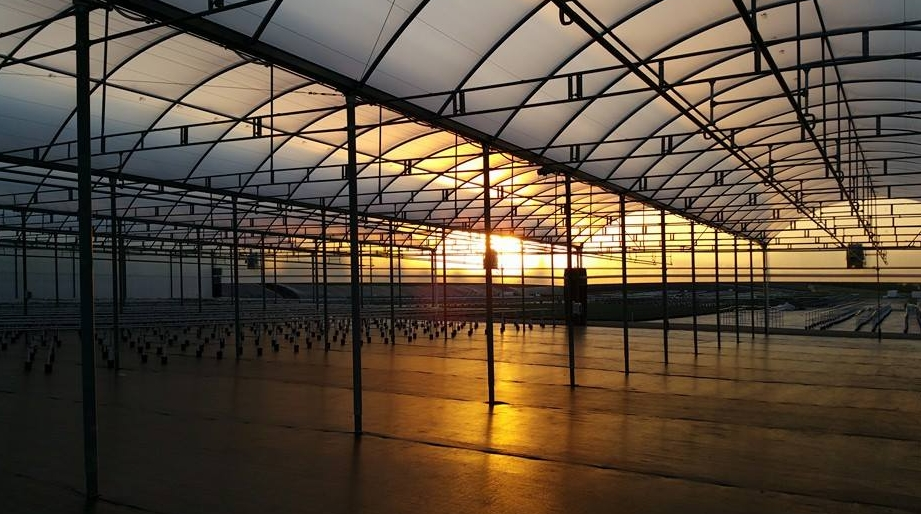
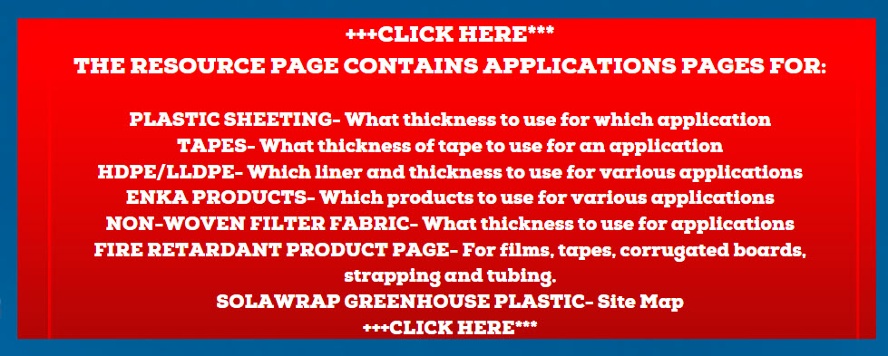

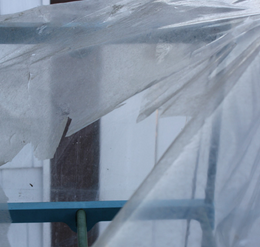 One thing to be aware of is the plastic ripping where the plastic touches the PVC. This seems to be reported from growers who don't use a film that offers UV protection The PVC may absorb the heat and speed up the breakdown of the plastic. As we all know, sun is an enemy to all sorts of plastic sheeting. Another reason for the breakdown and tearing of the plastic could be the chlorine that is in PVC. This too is a problem for greenhouse plastic. There is a polyethylene greenhouse film that won't give you these problems called SolaWrap! Read on to learn more.
One thing to be aware of is the plastic ripping where the plastic touches the PVC. This seems to be reported from growers who don't use a film that offers UV protection The PVC may absorb the heat and speed up the breakdown of the plastic. As we all know, sun is an enemy to all sorts of plastic sheeting. Another reason for the breakdown and tearing of the plastic could be the chlorine that is in PVC. This too is a problem for greenhouse plastic. There is a polyethylene greenhouse film that won't give you these problems called SolaWrap! Read on to learn more.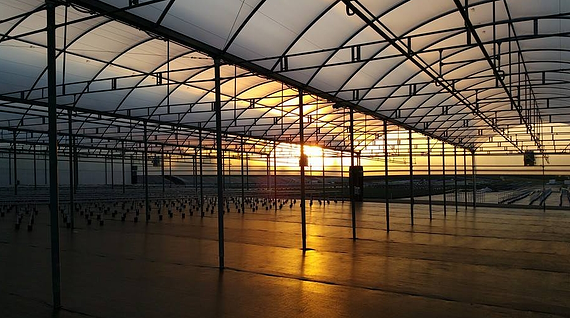
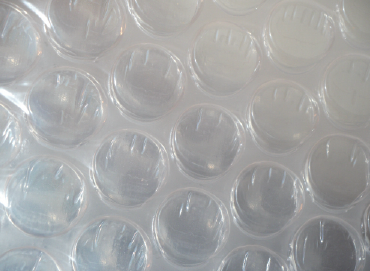

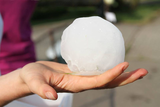
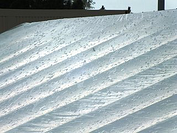

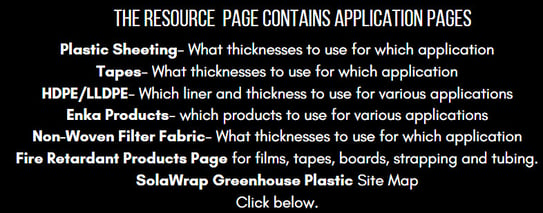

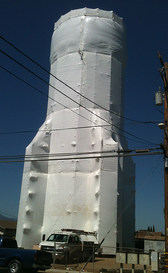 Heat shrink wrap film (often referred to as, shrink wrap film/plastic) is made from virgin polyethylene resin, the most dependable film for the job. It shrinks when heat is applied, encapsulating the object in a secure manner. This encapsulation insures that the elements such as wind, rain, snow won't have access to the item.
Heat shrink wrap film (often referred to as, shrink wrap film/plastic) is made from virgin polyethylene resin, the most dependable film for the job. It shrinks when heat is applied, encapsulating the object in a secure manner. This encapsulation insures that the elements such as wind, rain, snow won't have access to the item. 
 It's much tastier, healthier, and fulfilling to know you grew this lettuce yourself. In no time you will have your own lettuce on the table.
It's much tastier, healthier, and fulfilling to know you grew this lettuce yourself. In no time you will have your own lettuce on the table.